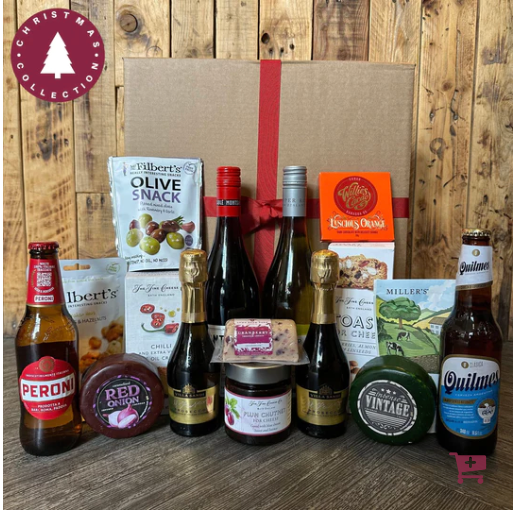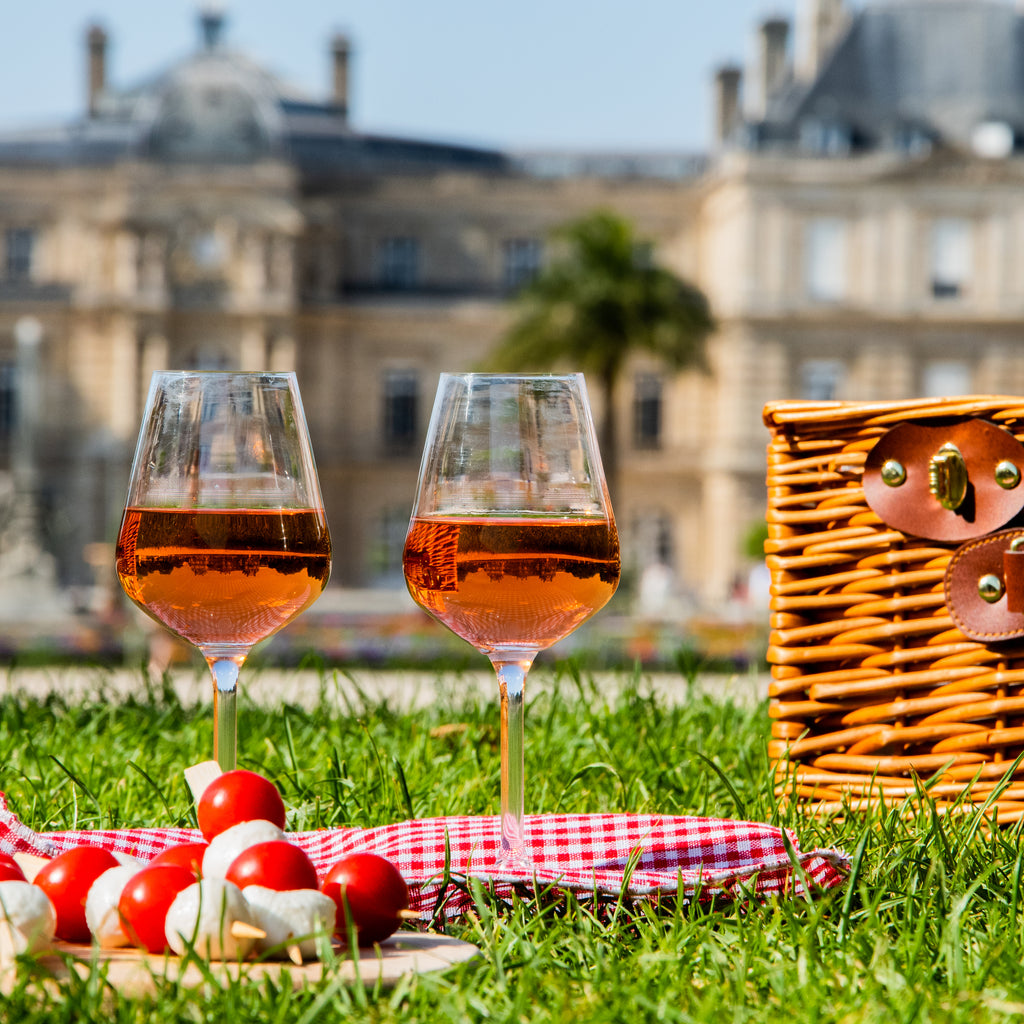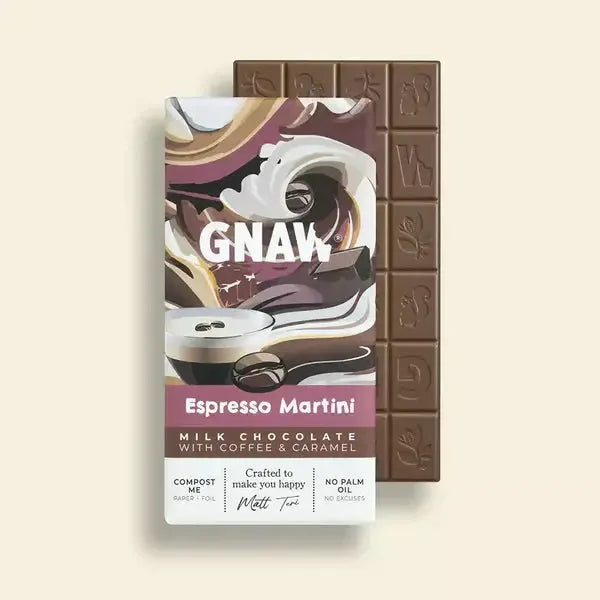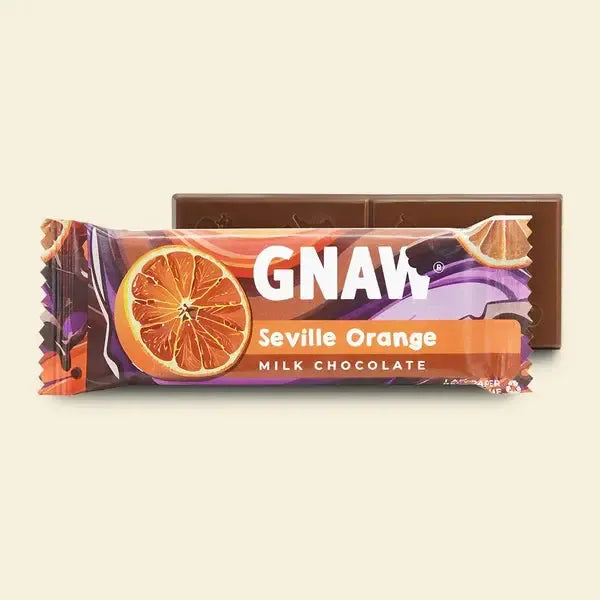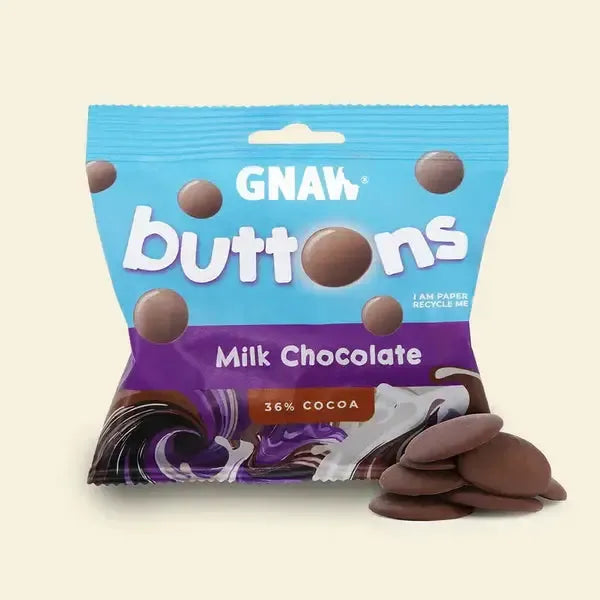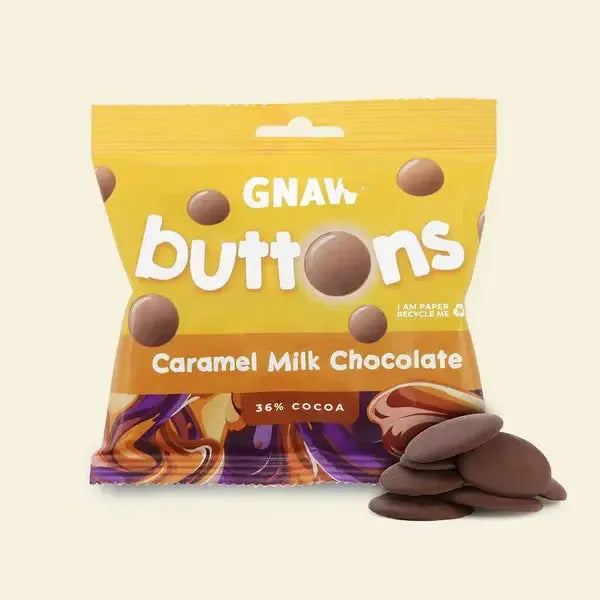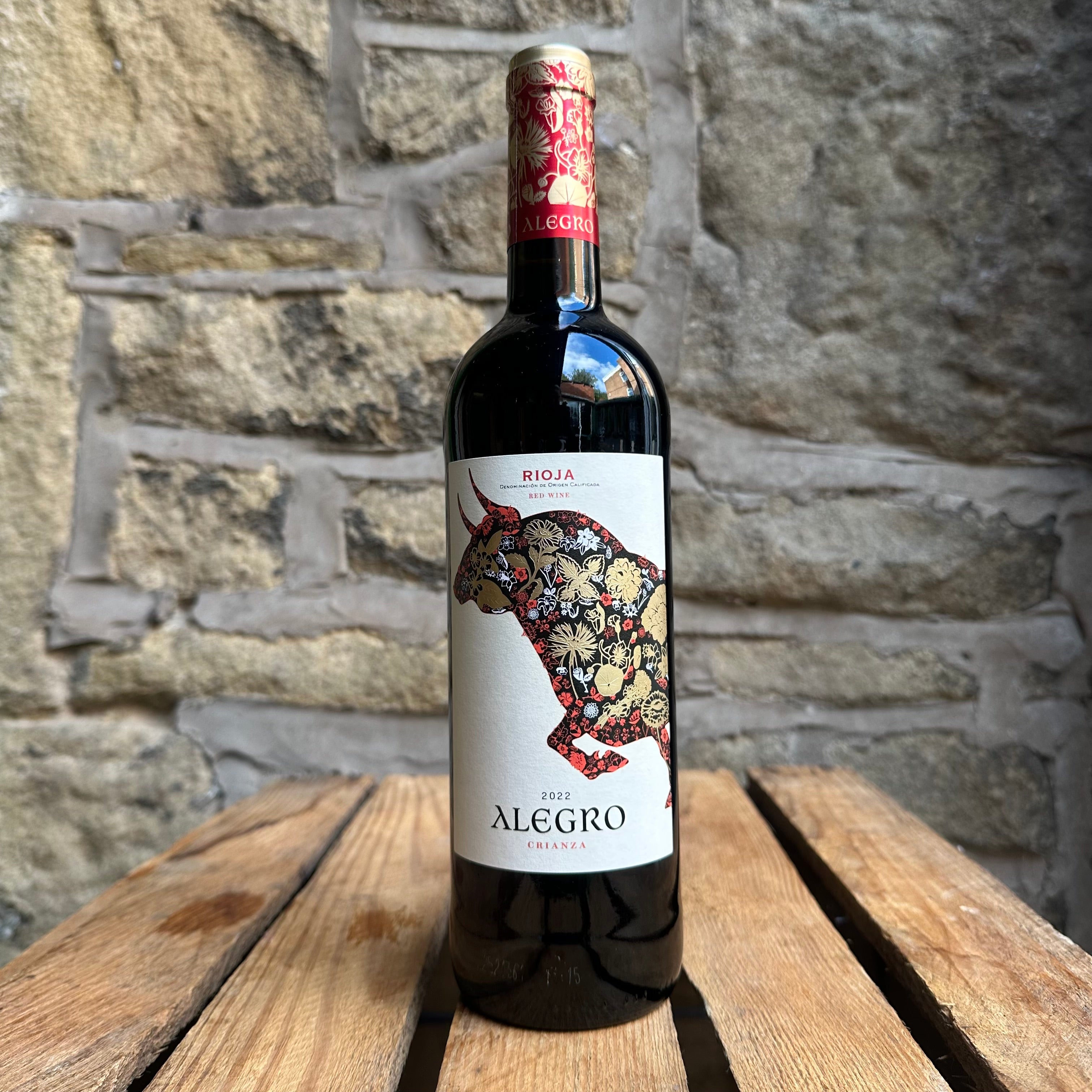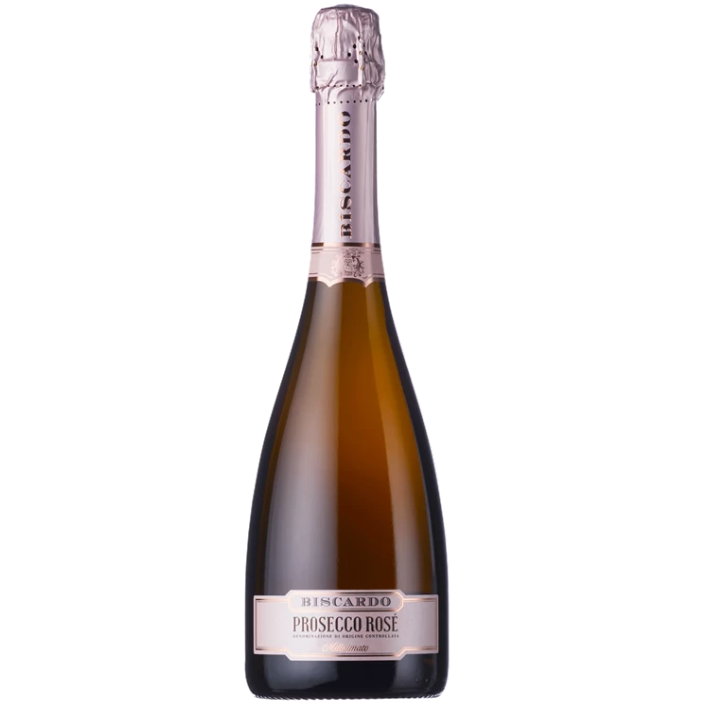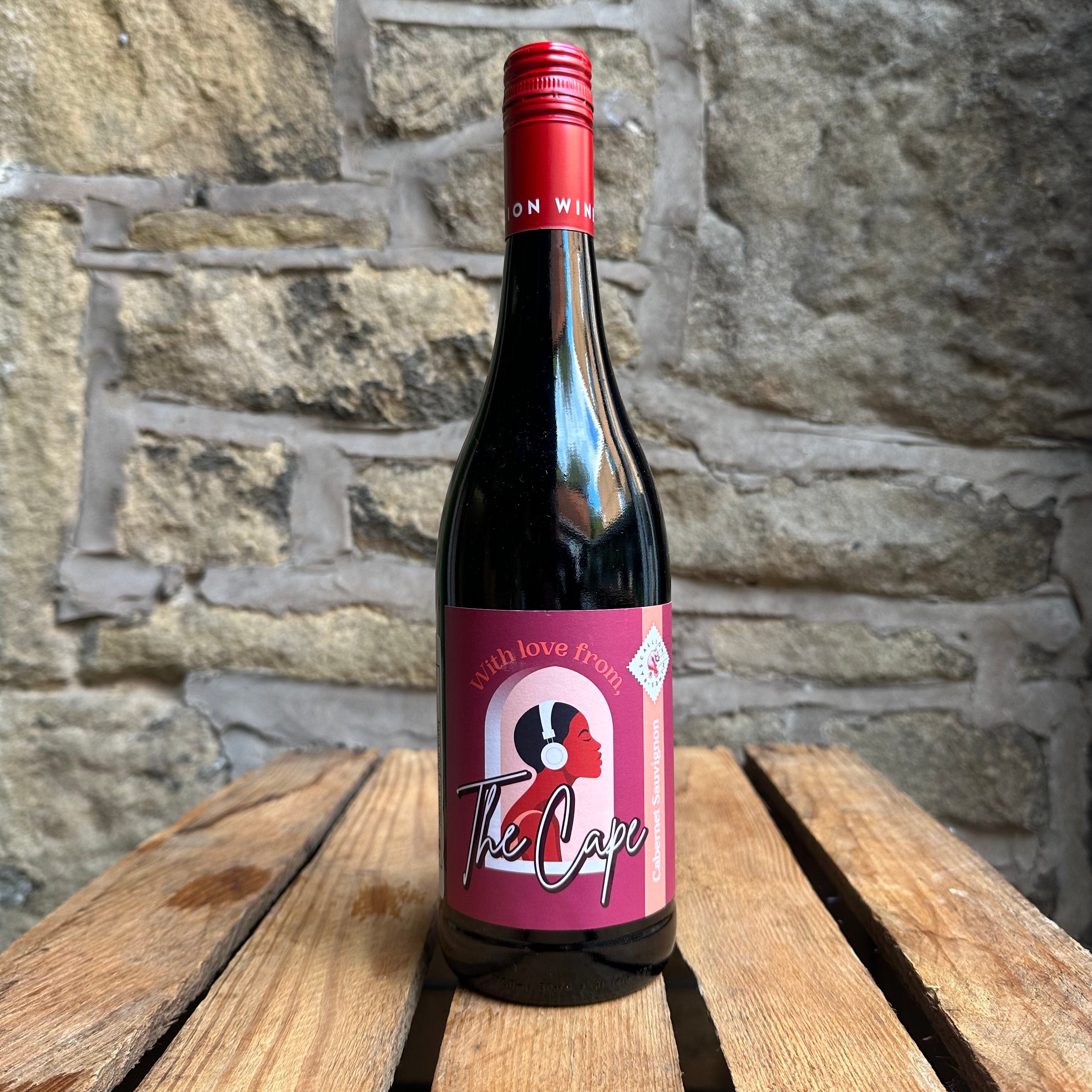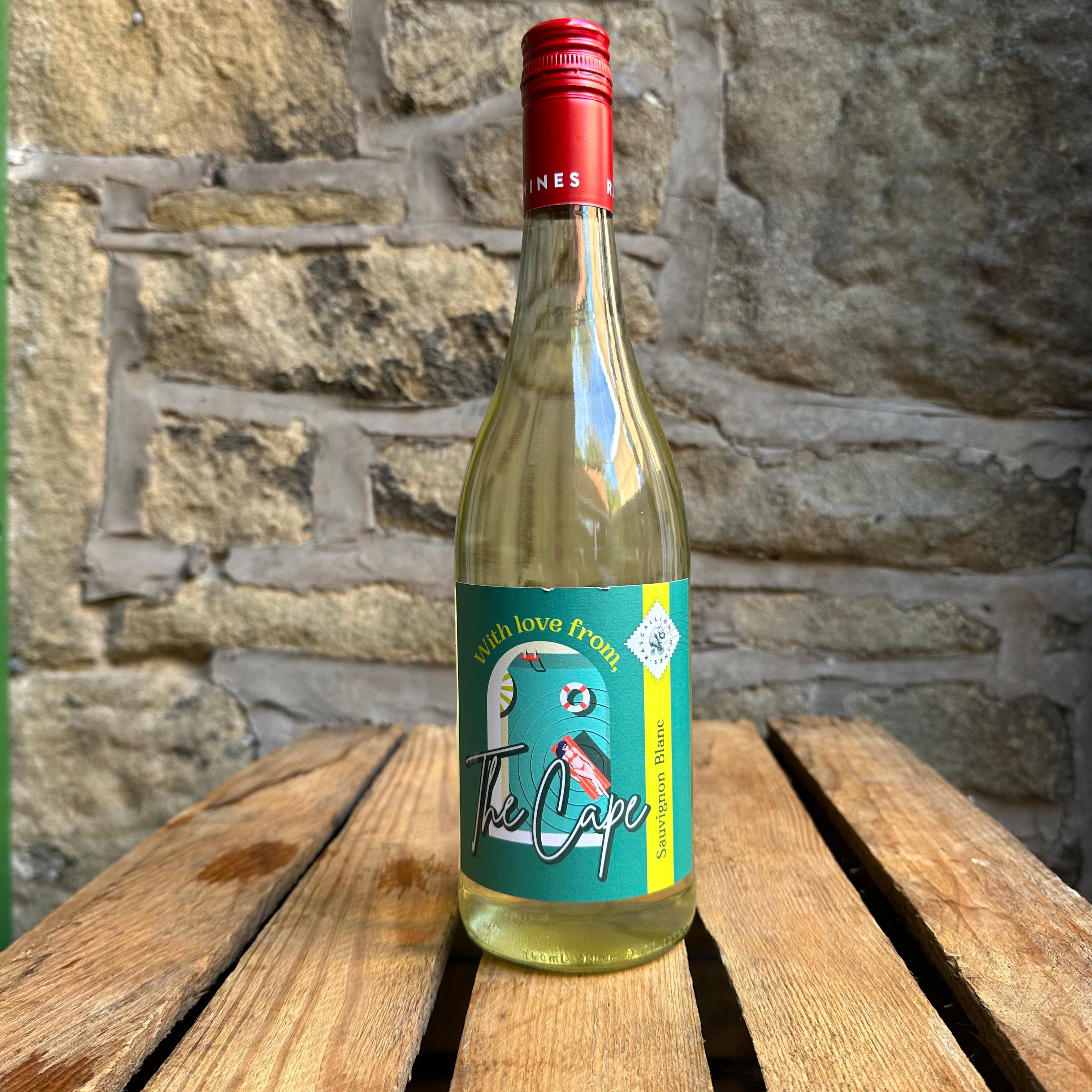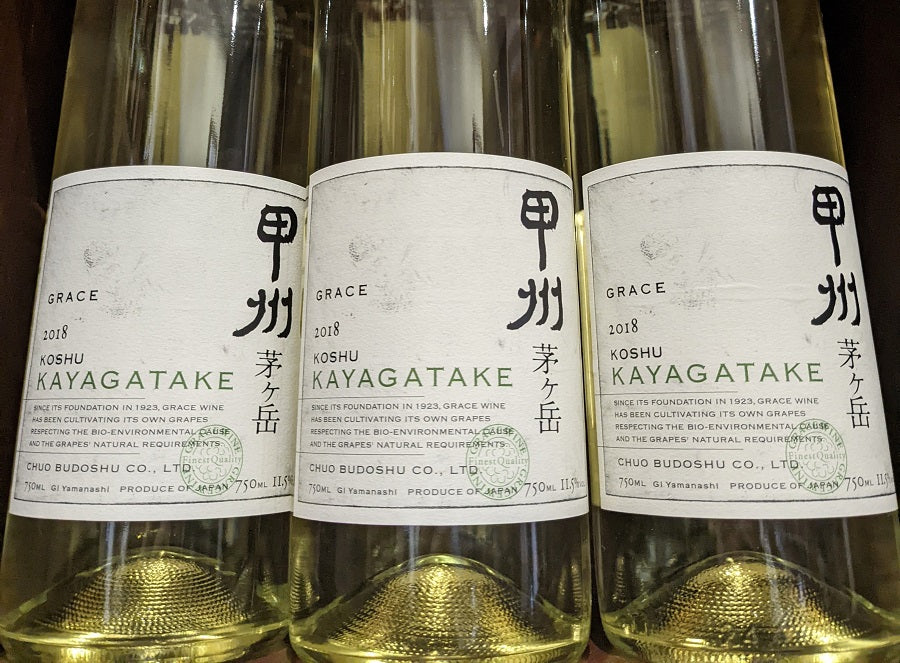
Japanese Mastery

Known for sake, an alcoholic beverage made from rice, Japan has also used its expertise to produce some of the finest examples of drinks that are traditionally the domain of Europe. We take a brief look at the history and more recent innovations that now bring us internationally renowned producers of wines and spirits.
HISTORY
Experience of fermenting alcohol in Japan is a given, with the first records of its production in the 8th century. Similarly to areas in Europe with production of wine in monasteries, sake became key to cultural ceremonies with widespread production in temples and shrines by the 14th century. Wider industrial and commercial production of sake hit in the 19th century and continues today, with huge revenue from worldwide and domestic consumption.

The rise in production of wines and spirits came with the opening of global markets in the later 19th century. Wine made sense as many native grapes thrived in Japan, but nonetheless, vinification remains more niche (only one fifth of wine consumed in Japan is made locally) due to differing climate and the ease in which wine can be imported - a similar situation to England.
This does not mean that the wine produced is of any less quality though. Regions that have been found to be the most fruitful for vines are Yamanashi (central) where production first began, Hokkaido (northern) and Miyazaki (southern). Although a great distance from Europe, Japan initially became accomplished in winemaking using vines imported from Europe. Unfortunately these imported vines also caused the country to suffer the devastating Phylloxera outbreak alongside Europe at the end of the 19th century, resulting in a harsh drop in wine production until the mid 20th century during recovery from WW2.
MODERN WINEMAKING
Further work in combining knowledge of Western winemakers and Japanese craftsmen resulted in a larger focus on exploring native grapes, with growth in the Japanese market by the end of the 20th century which continues today. Unique techniques in vineyards to work with, not against, the Japanese climate and terroir, as well as innovation in wineries have helped to drive native wines to the highest quality. Such is the love of native wine, it fetches the highest price domestically and is rarely exported by the numerous smaller boutique and independent wineries.

This is why it is so special to bring one of the finest examples to you from Grace Wines who take pride in their meticulous vineyard care and manual harvesting of all grapes. The original family brewery business has been operating for almost a century, since 1923, with their first Grace wine showcased in 1957. This native Koshu grape wine was revealed in 2014 after a decade of perfecting, since winning numerous awards.
The Koshu grape is a hybrid of Japan, thought to originate from the natural crossing of grapes imported from Europe and Western Asia over a thousand years ago. High in popularity, it produces wines of pale lemon appearance emanating soft and delicate white stone fruit alongside fresh citrus. Grace;s Koshu uses grapes grown in volcanic soils at the foot of Mount Kayagatake, where a long growing season brings concentrated flavours and full maturation. Grapes mature in stainless steel tanks with three months on its fine lees to add richness and complexity. The resulting wine shows remarkable freshness and elegance with zesty aromas of lemon and grapefruit. The palate shows these lemon and grapefruit notes with an added peppery spicy nuance, stone fruit and thirst quenching minerality on the finish.
MASTERS OF WHISKY

Of Western originated spirits, it was whisky that first peaked the interests of brewer masters. The first distillery to produce whisky was Yamazaki, with its co-founder Masataka Taketsuru known today as the "father of Japanese whisky". Taketsuru spent time studying, working, and even marrying his wife Rita, in Scotland. So enthralled with the culture, he became determined to perfect the art of whisky making before returning to Japan. On his return, he partnered with Shinjiro Torii of Kamayaki Distillery to create the country's first whisky, perfected over several years before release in 1924 to great acclaim.
Moving out on his own after this accomplishment, Taketsuru set up and a second whisky distillery in the northern Hokkaido region - his originally preferred location to closely reflect the coastal climes of Scotland. This was when the Nikka Whisky name was founded, a brand that still remains one of the top international names in whisky with continuous astounding craftmanship. Kamayaki still remains at the forefront too with their excellent Suntory whisky range.

Many more whisky distilleries have been founded since, with Japan now reigning as the third largest producer of whisky in the world - a truly stunning achievement. We celebrate this with our range of Japanese whisky from Nikka. Their limited 2020 release of Taketsuru Pure Malt honours their founder, Masataka Taketsuru. A carefully crafted blend of malt whiskies from various distilleries, in this case from Yoichi and Miyagikyo, this 2020 formula is exceptionally smooth and well balanced, showcasing exquisitely elegant softness and deep complexity along with rich mouthfeel and smokiness.
Nikka's From The Barrel is one of their longstanding flagship spirits taking influence from both the finest Scotch single malts and smoky Bourbons. It is produced with the unique combination of complex blending of more than 100 different batches of malt and grain whiskies before maturing in used barrels. This "marriage" process harmonises all components, resulting in an exceptionally mellow taste, strictly kept at 51.4% ABV to achieve the ideal taste profile. Finally, their Coffey Grain Whisky was first released in 2012 to showcase the beauty of traditional Coffey stills that, although not easy to operate, retain flavours originating from ingredients and deliver a distinctive creamy texture . They also use this technique for their excellent Coffey Vodka.

